10 tips to avoid the crowds in Venice
Avoid the tourist hordes and discover the beauty of this Italian city without spending a fortune.
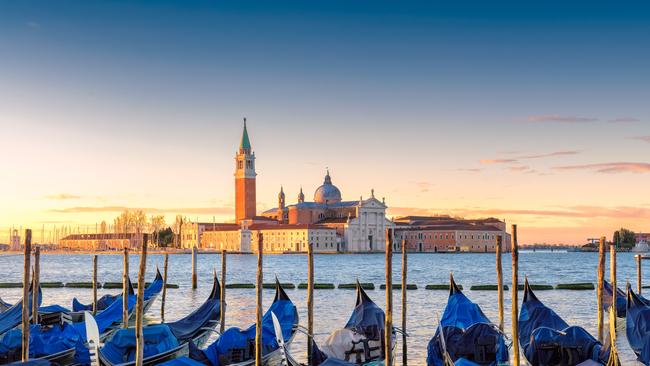
Sail down the grand canal on a gondola and discover the beauty of this Italian city with our insider’s guide on what to do in Venice.
1. Try to get lost
This month a new €5 ($8) tourist tax has been introduced for day-trippers to Venice in a bid to ease overcrowding. Don’t let the impost limit your stay to one day, which would mean missing out on Venice’s secret spots.
There are hidden bars, atmospheric sestieri, tucked-away gardens plus ways to avoid the crowds at the city’s main attractions. Finding a specific address in Venice is near-on impossible, and Google maps doesn’t always help.
Street names are displayed in pure Italian and Venetian dialect, while others are labelled according to individual districts or “sestieri”.
The joy of exploring this extraordinary city is all about getting lost; it’s how you discover unexpected delights, even if that atmospheric calle leads to a dead end. If in doubt, look up. Signs with pointed arrows to, for example, “Per San Marco”, “Per Rialto” or “Per Accademia” are posted high on walls – useful if you’re in a rush. Which you shouldn’t be …

2. See the city at dawn
Peak invasion of Piazza San Marco begins around 11am, so opt for a super-early start when the square is at its glorious echoey best. Alternatively, a wintry evening visit embellishes the piazza with golden lamplight, while daytime ushers in cinematically misty weather.
Arriving early also means you can attend one of the free morning masses (from 7am), and experience the basilica as it’s meant to be. Enjoy the dazzling gold mosaic cupola with accompanying plainsong and you’ll be out before the tourists arrive.

3. Get the best views
Having exited mass, forgo queuing for the piazza’s perennially popular campanile; there are equally good bell towers for wonderful cityscape views.
A calmer, arguably lovelier overview of Venice is from Isola San Giorgio Maggiore’s belltower, one of the tallest in the city. Scale its pink shaft and white belfry for crisp sightings of the basilica, Doge’s Palace, Giudecca island and Arsenale.
Afterwards, soak up the harmony of one of Palladio’s finest buildings – home to some great Tintorettos. There’s also a dreamy new garden there, dedicated to the Argentinian writer Jorge Luis Borges.
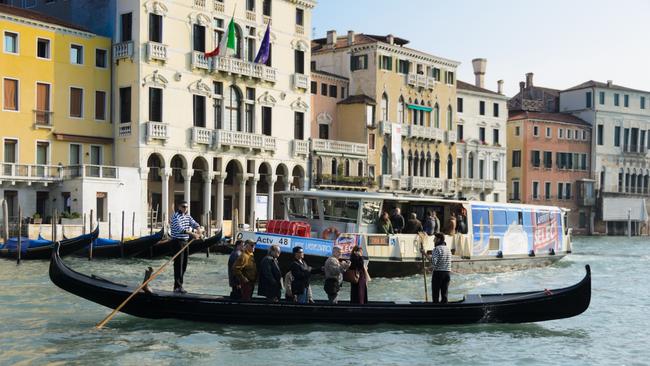
4. Try the public gondola
Fancy a gondola ride without the schmaltzy serenades or the €80-plus price tag? Choose the “traghetto” gondola, used by locals to cross the Grand Canal. There are various traghetto crossings (the lengthiest being the Dogana Traghetto just beyond Harry’s Bar) – and it costs just €2 (cash only).
Alternatively, swap the crowded “calli” or streets for a Canaletto-style overview of the Grand Canal on the public ferry known as the Vaporetto line 2. From the San Marco stop, you can travel the whole Grand Canal in a loop. It takes about an hour with stops along the way. Nab a front seat outside for the best uninterrupted views.
5. Take a break
Need a breather after sightseeing? Duck into the pocket-sized Giardinetti, seconds from St Mark’s Square. This recently reopened garden behind the Libreria Marciana once adjoined Napoleon’s Royal Palace when he appointed himself King of Italy in 1805.
It’s a gem of pergola-shaded pathways, benches and fountains, and the new coffee pavilion in an Istrian stone Neoclassical building is an airconditioned delight.
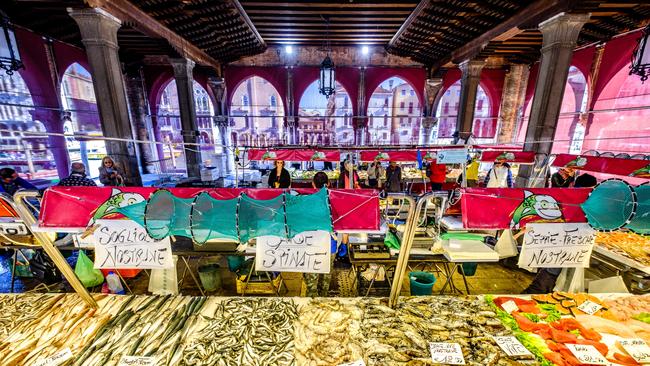
6. Head to the Rialto fish market
Join Venetians at the lively Rialto fish market, pausing at Al Merca (one of Venice’s smallest hole-in-the-wall “bacari” wine bars) for an affordable “ombra” (the Venetian name for a
small glass of wine) and a fishy cicchetto (bar snack).
It’s standing room only, but that’s part of the fun. Likewise, you can’t go wrong with another local favourite, Osteria ai Pugni in Dorsoduro.
This cosy rustic-chic bacari takes its name from the adjacent Pugni Bridge, site of frequent Renaissance brawls. Settle in for cicchetti of bread, cheese and cured meats, and in Venice the drink to have is not Aperol Spritz but the more bitter Select Spritz, a bargain here for only €3.
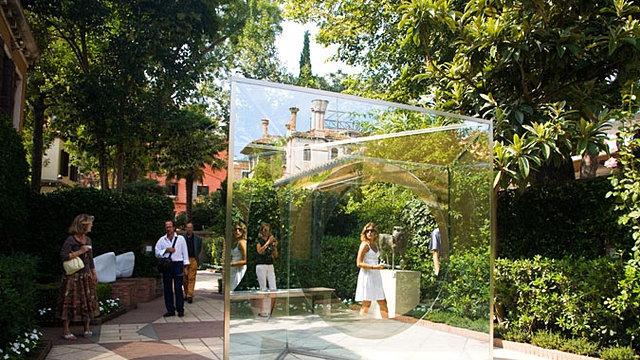
7. Head to Dorsoduro and Cannaregio districts
Of Venice’s six sestieri, Dorsoduro and Cannaregio still retain a quiet authenticity. Eastern Dorsoduro is all high-walled alleyways and tiny campi (squares) – and yes, crowds gather around the Peggy Guggenheim Collection, but it’s worth a detour for top-notch modern European and American art and its sublime garden.
Despite hotels and cool bars springing up in Cannaregio, there’s still a pleasing neighbourhood vibe here. Explore the skinny lanes overhung with drying washing that comprise the atmospheric Jewish ghettos Vecchio, Nuovo and Novissimo, then walk to Fondamenta Nove and find Calle Botteri where Titian lived from 1527. His exquisite home is privately owned, but you’ll get glimpses of its romantic garden.
8. Go for the slippers
Forget gaudy carnival masks. Instead, bag some traditional handmade “furlane” slippers in rich velvet, brocade and butter-soft leather. Strong enough for outdoors, the best are from family-run Quorami.
Alternatively, evoke Venice memories in a decadent perfume. The Merchant of Venice creates unusual fragrances bottled in Murano glass; La Fenice, with its heady amber and mandarin notes, is particularly lovely.
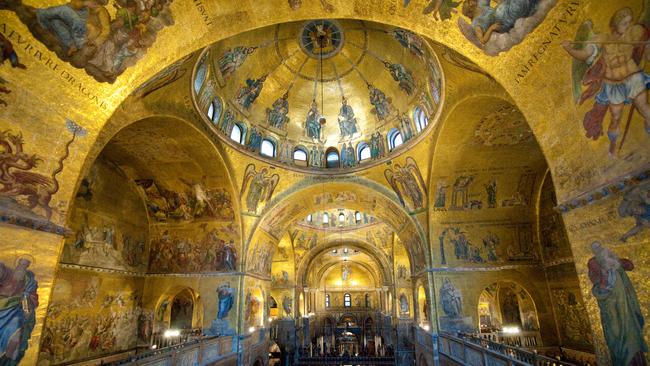
9. Get off the main island
Take a break from the crowds at the lagoon island of Torcello. A millennium ago, this was the lagoon’s first settlement, and today it’s far less tourist-packed than Murano or Burano. Moody and atmospheric, Torcello is home to a notable restaurant and two ancient churches, including its Byzantine cathedral (open daily).
Don’t miss the incredible mosaics that easily match San Marco’s for visual impact. The enormous devil-studded Last Judgment is also a must see. Afterwards, linger over a dreamy al fresco lunch at Locanda Cipriani.
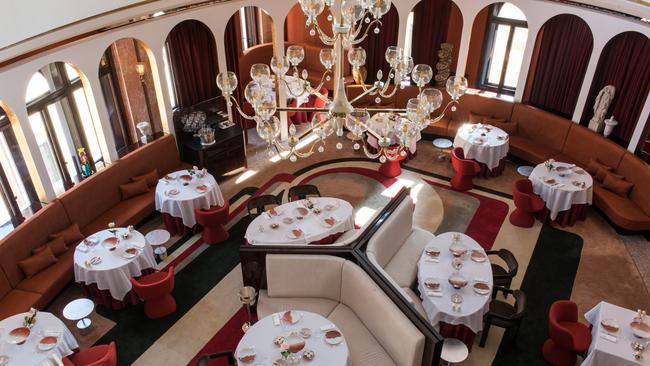
10. Try a boutique hotel
Opened last summer, Nolinski Venezia is an elegant boutique hotel housed in the city’s former stock exchange.
Here, original Art Deco features (marmorino plaster, speckled mirrors and cloudy sconces) mix with plush colour-saturated velvets and midcentury-style furnishings. The end result is a dark discreet hideaway embellished with gorgeously sensual room fragrances, alongside first-rate service.
There’s a theatrical library bar and courtyard Il Caffe, but the main draw is Palais Royal, Nolinski’s restaurant housed in the original oval trading room, where Michelin-accruing, Robuchon-trained Philip Chronopoulos serves up divine Mediterranean-themed dinners. Rooms from €590 a night, twin-share.
If you love to travel, you can sign up to our free weekly Travel + Luxury newsletter here.


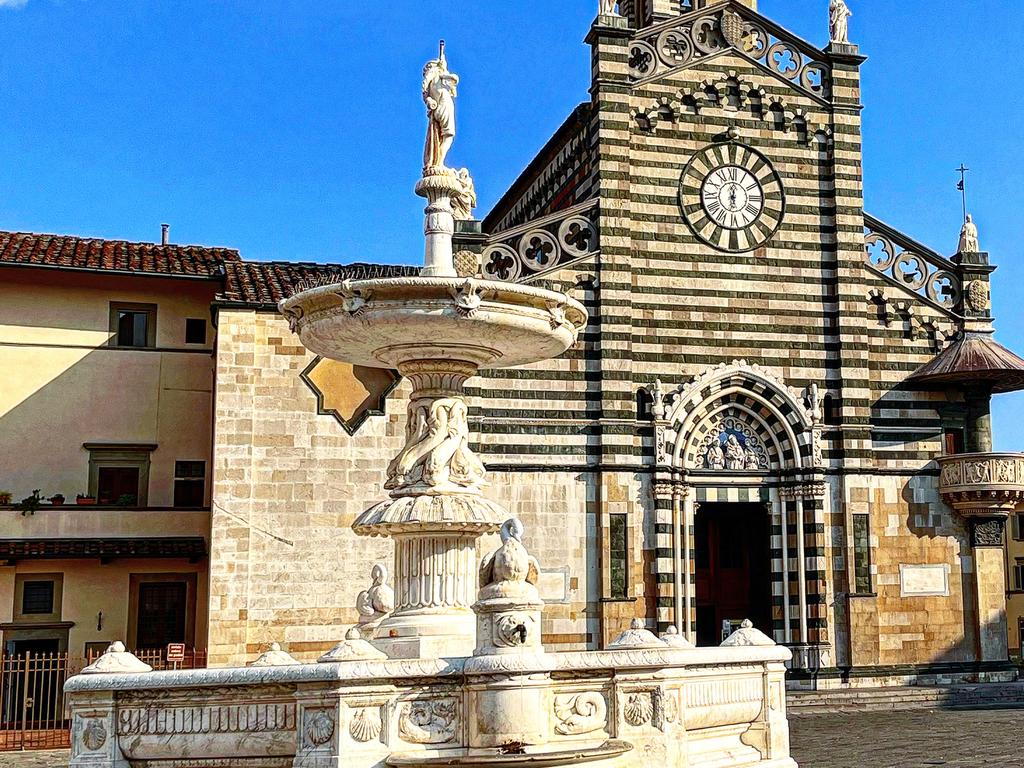
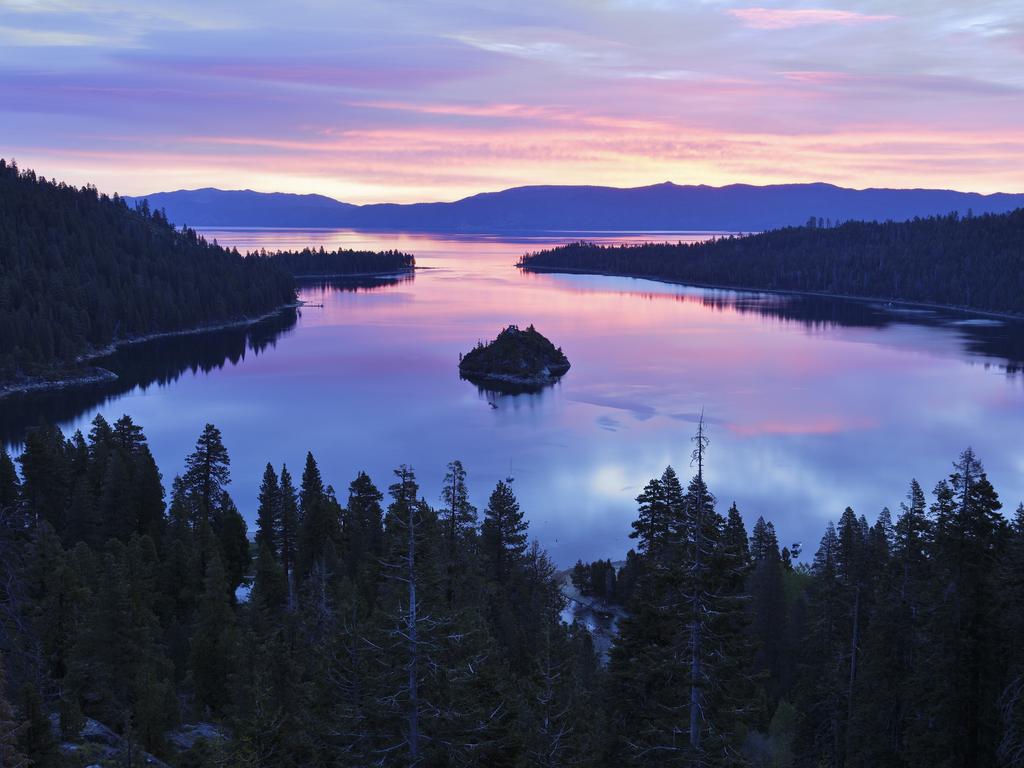
To join the conversation, please log in. Don't have an account? Register
Join the conversation, you are commenting as Logout